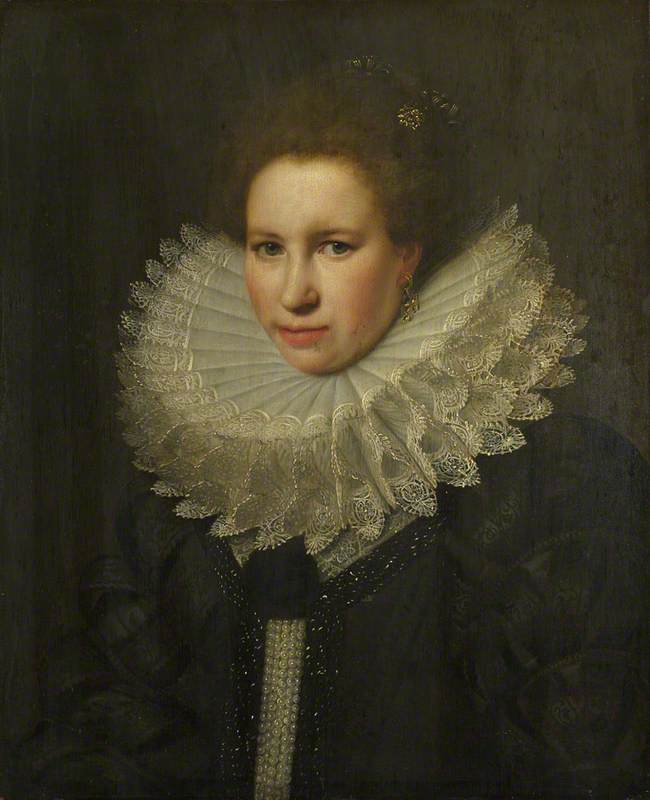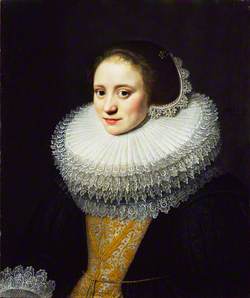How you can use this image
This image can be used for non-commercial research or private study purposes, and other UK exceptions to copyright permitted to users based in the United Kingdom under the Copyright, Designs and Patents Act 1988, as amended and revised. Any other type of use will need to be cleared with the rights holder(s).
Review the copyright credit lines that are located underneath the image, as these indicate who manages the copyright (©) within the artwork, and the photographic rights within the image.
The collection that owns the artwork may have more information on their own website about permitted uses and image licensing options.
Review our guidance pages which explain how you can reuse images, how to credit an image and how to find images in the public domain or with a Creative Commons licence available.
Buy a print or image licence
You can purchase this reproduction
If you have any products in your basket we recommend that you complete your purchase from Art UK before you leave our site to avoid losing your purchases.
Notes
Add or edit a note on this artwork that only you can see. You can find notes again by going to the ‘Notes’ section of your account.
Michiel Jansz. van Miereveld was one of the most successful portrait painters of the early decades of the seventeenth century. He was a favourite at the Dutch court, and his profile was such that Charles I tried – unsuccessfully – to tempt him to come to London. This portrait, which is (now very faintly) signed and dated just above the sitter’s left shoulder, is a good example of why he was so popular. It’s painted with flattering precision. The sitter’s face, framed by the white collar, seems almost radiant – van Miereveld used the light reflected from the elaborate ruff to neutralise the shadows. He also subtly matched the background to the colour of her eyes. We don’t know who she is, though her rich jewels suggest she was a wealthy woman.
Title
Portrait of a Woman
Date
1618
Medium
Oil on oak
Measurements
H 61.6 x W 50.5 cm
Accession number
NG2292
Acquisition method
Bequeathed by George Fielder, 1908
Work type
Painting








